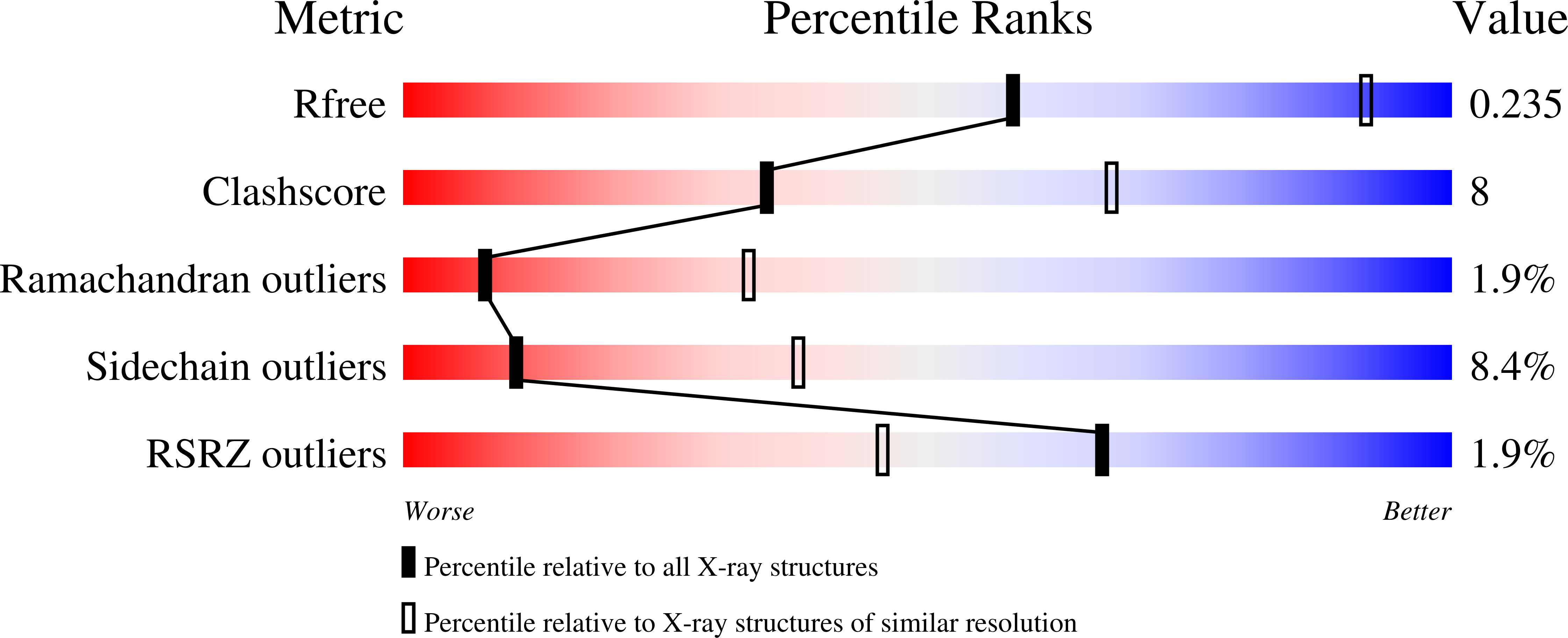
Deposition Date
2008-08-01
Release Date
2008-08-19
Last Version Date
2023-08-30
Entry Detail
PDB ID:
3E0W
Keywords:
Title:
Crystal structure of pyruvate kinase from Leishmania mexicana
Biological Source:
Source Organism:
Leishmania mexicana (Taxon ID: 5665)
Host Organism:
Method Details:
Experimental Method:
Resolution:
3.10 Å
R-Value Free:
0.24
R-Value Work:
0.21
Space Group:
P 42 3 2


